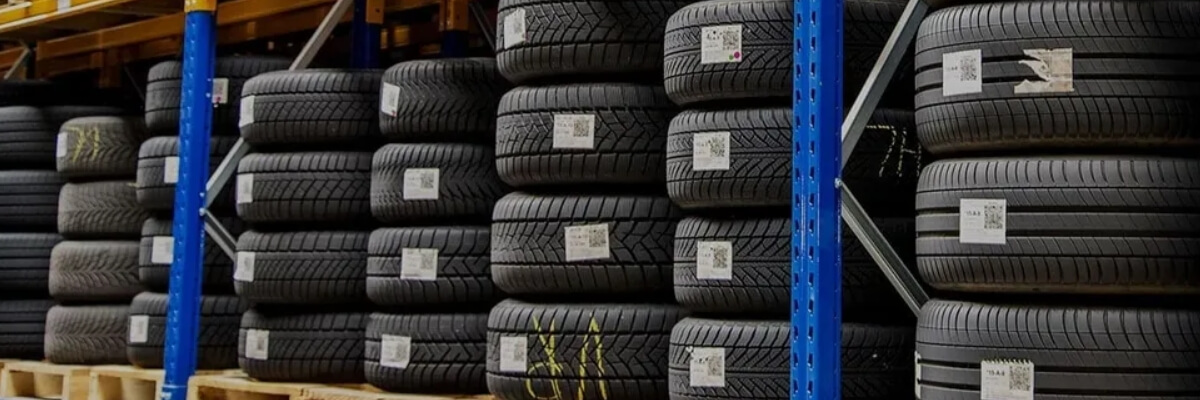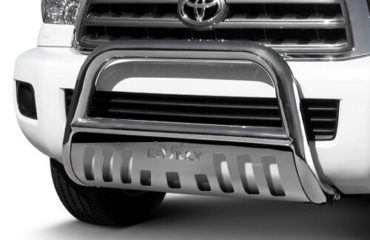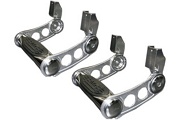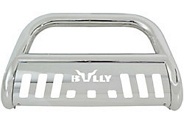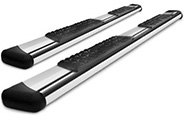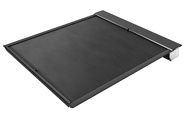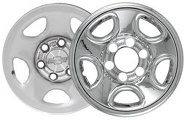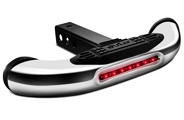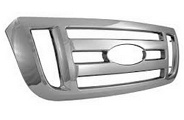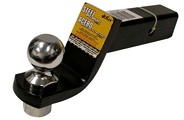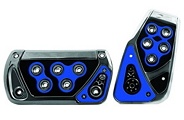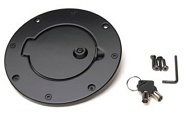When you are in the market for good used tires, it is important to arm yourself with information. Otherwise, you might get taken advantage of by a dishonest seller or end up with tires that don’t suit your needs. In this article, we will provide you with some tips on how to choose good used tires and avoid common pitfalls.
Products are available — click below to view them!
SEE DETAILS ON EBAYStep 1: Select the tire type
The first thing you need to do is decide what type of tire you need. There are four main types of tires: all-season, summer, winter, and performance.
All-season tires are the most versatile and can be used in a variety of conditions, but they may not provide the best traction in extreme weather conditions.
- Summer tires are designed for warm weather and provide good traction on dry roads.
- Winter tires are designed for cold weather and provide good traction on snow and ice.
- Performance tires are designed for high-speed driving and provide good traction in all conditions.
Step 2: Choose the tire size
Once you know what type of tire you need, you need to decide what size tire you need. Tire size is represented by a series of numbers and letters. The first number is the width of the tire in millimeters. The second number is the height of the tire as a percentage of the width. The third letter is the diameter of the wheel in inches. For example, a tire size might be listed as 205/55R16. This means that the width of the tire is 205 millimeters, the height is 55% of the width, and the diameter of the wheel is 16 inches.
Step 3: Looking for a place to buy used tires
Once you know what size tire you need, you can start shopping around. You can purchase tires from a variety of places, including tire shops, auto parts stores, and online retailers. When comparing prices, be sure to compare the total cost of the tires, including shipping and handling. Also, be sure to read the reviews before purchasing any tires.
When you are ready to purchase your tires, be sure to ask about any warranties or guarantees that are offered. Most tire shops offer some type of warranty on their products. This can give you peace of mind in knowing that you are covered if something goes wrong with your purchase.
Step 4: Looking for defects
Here are some things to check, when you are about to purchase used tires:
- Tread depth: it should be above 2/32″;
- Even wear: check the tread pattern, it should be even across the entire tire;
- Cracks and bulges: inspect the sides of the tires for any cracks or bulges, which could indicate a structural issue;
- Dry rot: this is a common issue with older tires, and can cause the tire to fail suddenly. Inspect the tires for any signs of dry rot, such as cracks in the sidewall;
- Date code: all tires have a date code stamped on them. This is the date that the tire was manufactured. You can find this code on the sidewall of the tire. The first two numbers indicate the week of the year and the last two numbers indicate the year. For example, a code of “1215” would indicate that the tire was manufactured in the 12th week of 2015.
By following these tips, provided by tire experts at CapitolTires you can be sure to find a great set of used tires that will suit your needs. With a little bit of research, you can save yourself time and money in the long run.

